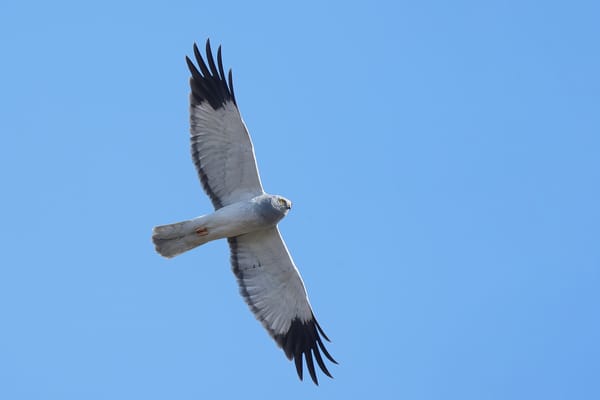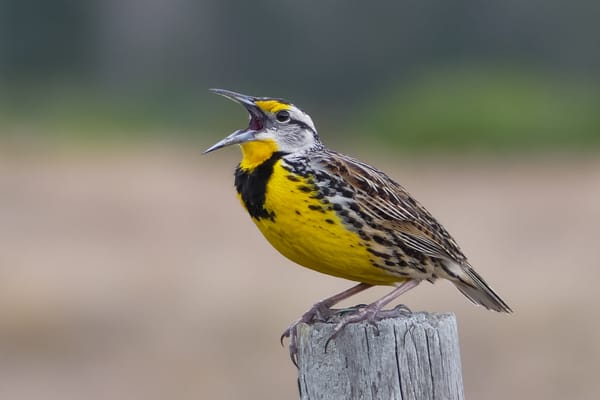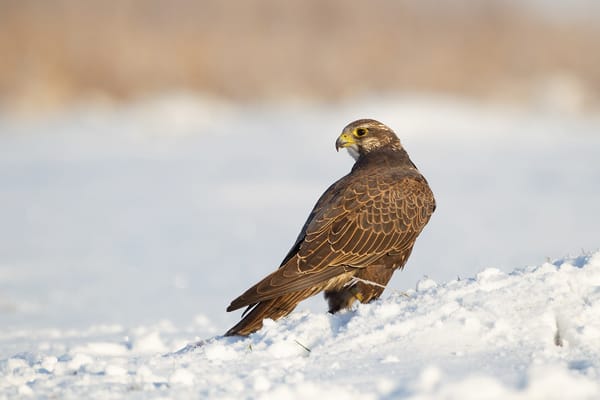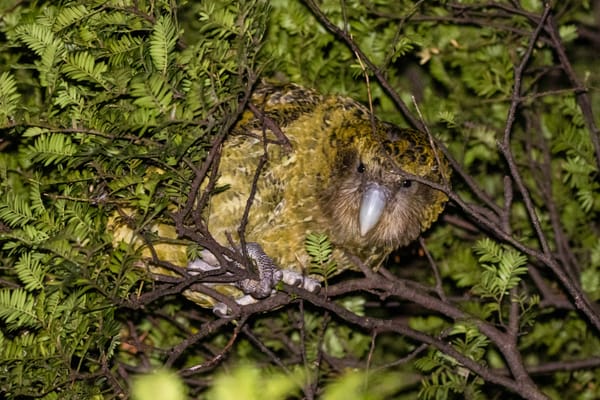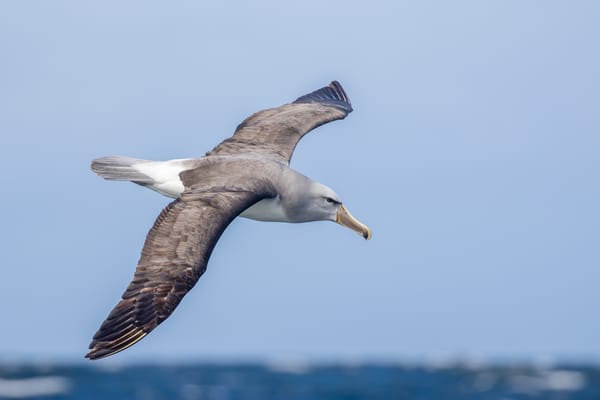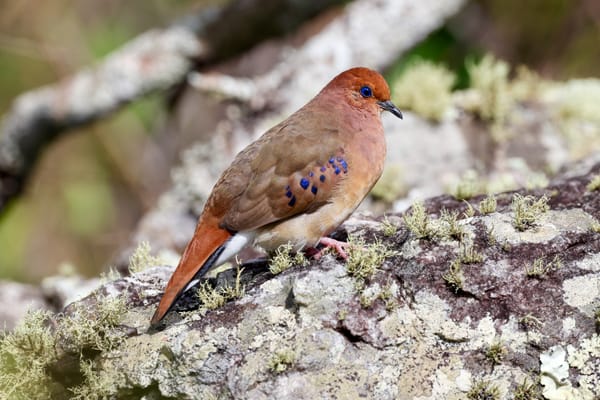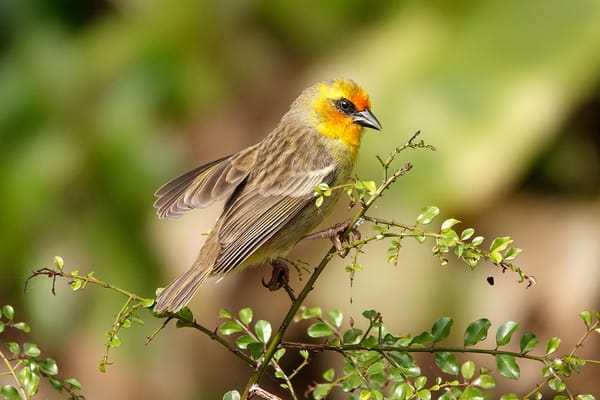In the windswept uplands of northern England and Scotland, the sky-hugging glide of the Hen Harrier (Circus cyaneus) should be a familiar sight. But for many, it is more of a memory than a presence. Known for their ghost-like appearance and low, floating hunting style, Hen Harriers are among the UK’s most charismatic raptors. Yet they also hold an unenviable title: one of the most illegally persecuted birds in Britain.
Despite being fully protected under the Wildlife and Countryside Act 1981, the Hen Harrier’s population has struggled to recover, particularly in England, where fewer than a handful of breeding pairs were recorded in some recent years. This is not the result of natural scarcity but rather a direct outcome of human hostility – most notably tied to the management of grouse moors.
Start with FREE membership
Read selected content with a free account. To unlock all other premium articles, join us for just £4.99/month. You're supporting independent bird science and conservation.
The Moorland Conflict
Driven grouse shooting, a lucrative rural sport that relies on high densities of Red Grouse (Lagopus lagopus scotica), lies at the heart of the conflict. Hen Harriers, which prey on grouse chicks, are often seen by estate managers as a threat to commercial game stocks. This perception, despite a lack of robust evidence that Hen Harriers have a major impact on grouse productivity, has fuelled decades of persecution – often in the form of nest destruction, poisoning, or illegal shooting.
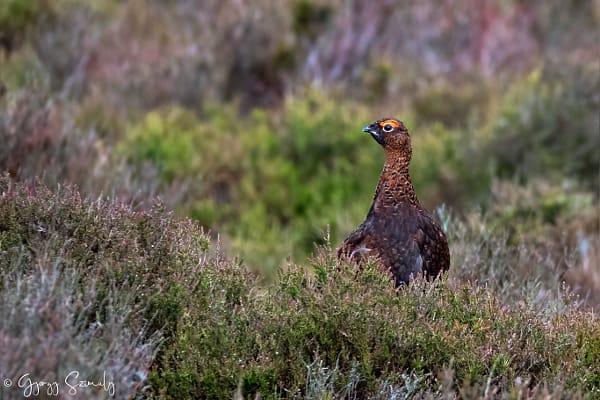
Scientific monitoring has confirmed the grim trend. A 2019 analysis by the RSPB revealed that Hen Harriers are ten times more likely to die or disappear in suspicious circumstances on or near grouse moors than elsewhere. Satellite-tagged individuals routinely vanish in areas heavily managed for shooting, with their tags abruptly ceasing transmission.
Conservation Efforts and Compromises
Various conservation interventions have attempted to break the stalemate. The UK Government’s Hen Harrier Action Plan, launched in 2016, outlines five core elements: population monitoring, nest protection, satellite tracking, diversionary feeding, and a controversial brood management scheme (BMS). The latter allows for the removal of Hen Harrier chicks from the wild to reduce local predation pressure on grouse moors – followed by captive rearing and later release in a different area.
This strategy has drawn sharp criticism from many conservationists, who argue that it rewards illegal persecution by accommodating its rationale rather than confronting its root causes. Meanwhile, others maintain it’s a necessary compromise to achieve incremental gains.
There have been successes: more nests protected, higher fledging rates, and some encouraging re-colonisations in certain areas. However, these improvements remain fragile, and the recovery has not yet led to self-sustaining, persecution-free populations.

A Broader Ecological Context
The struggle of the Hen Harrier is not just a story of a single species in peril – it is emblematic of broader tensions in UK land use policy. The intensive management of uplands for game shooting has cascading ecological effects: muirburn practices, predator control, carbon release from degraded peatlands, and a biodiversity skew toward species favoured for sport.
In this light, the fate of the Hen Harrier is a signal – an indicator species that reflects the health, ethics, and direction of our upland stewardship. As public scrutiny over land management intensifies, the case for reforming grouse moors is becoming not only an environmental concern but also a social one.
Where Do We Go From Here?
Looking forward, the long-term future of Hen Harriers in the UK will hinge on four key fronts:
Enforcement: Strengthening the investigation and prosecution of wildlife crime must be a priority. Current conviction rates for raptor persecution are low, and deterrence remains weak.
Transparency: Releasing satellite tracking data publicly in real-time could bolster accountability.
Reform: Meaningful debate on upland management reform, including licensing of driven grouse shooting, is gaining momentum.
Public Engagement: Citizen science, reporting platforms, and awareness campaigns (like Hen Harrier Day) are helping build pressure and public visibility.
Ultimately, protecting the Hen Harrier is not just about saving a species. It is about choosing what kind of countryside we want – one where birds of prey glide freely across the moorland sky, or one where silence masks suppression.
References
Murgatroyd, M., Redpath, S. M., Murphy, S. G., Douglas, D. J. T., Saunders, R., & Amar, A. (2019). Patterns of satellite tagged Hen Harrier disappearances suggest widespread illegal killing on British grouse moors. Nature Communications, 10, 1094. https://doi.org/10.1038/s41467-019-09044-w
RSPB (2019). Birdcrime Report 2019. https://www.rspb.org.uk/globalassets/downloads/documents/birdcrime-2019/birdcrime-2019_final.pdf
DEFRA (2016). Hen Harrier Joint Action Plan. https://www.gov.uk/government/publications/hen-harrier-action-plan
